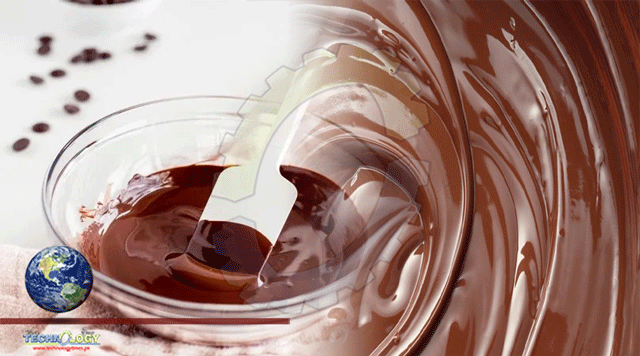Glossy, velvety chocolate that snaps in the fingers and melts in the mouth is the chocolatier’s dream.

But crafting cocoa confections with this optimal texture is no easy feat. The endeavor, known as tempering, demands carefully warming and cooling liquid chocolate until it crystallizes into its most delectable form. Now, scientists may have found a shortcut: adding a small pinch of fatty molecules called phospholipids, researchers report August 31 in Nature Communications.
With phospholipids, “you can simplify the whole tempering process, making sure you always have the right quality of the chocolate,” says food chemist Alejandro Marangoni of the University of Guelph in Canada.
Curious about what occurs on a molecular level during tempering, Marangoni and colleagues focused on the ingredient that gives chocolate its texture — cocoa butter. While previous tempering research had targeted cocoa butter’s main component, triglycerides, the team set its sights on a different sweet spot: the minor components, which include free fatty molecules and phospholipids. Removing these minor components from the cocoa butter and adding them back in one by one allowed the researchers to figure out each component’s role during tempering.
With just a pinch of phospholipids added to the cocoa butter — achieving a weight concentration of 0.1 percent of the chocolate’s total — the mixture rapidly crystallized into the elusive, melt-in-the-mouth texture. The process required a single cooling to 20˚ Celsius rather than multiple heating and cooling cycles as tempering typically demands.
Next, the team increased the phospholipid weight concentration in melted dark chocolate by an extra 0.1 percent, and easily produced high-quality textures again. The result suggests that phospholipids could be used to simplify chocolate tempering.
The hack could help small-scale chocolatiers avoid the complications and expenses associated with tempering machines, Marangoni says. Large-scale manufacturers, on the other hand, would need to figure out how to evenly disperse phospholipids in a large vat of molten chocolate, he says.
Originally Published By ScienceNews